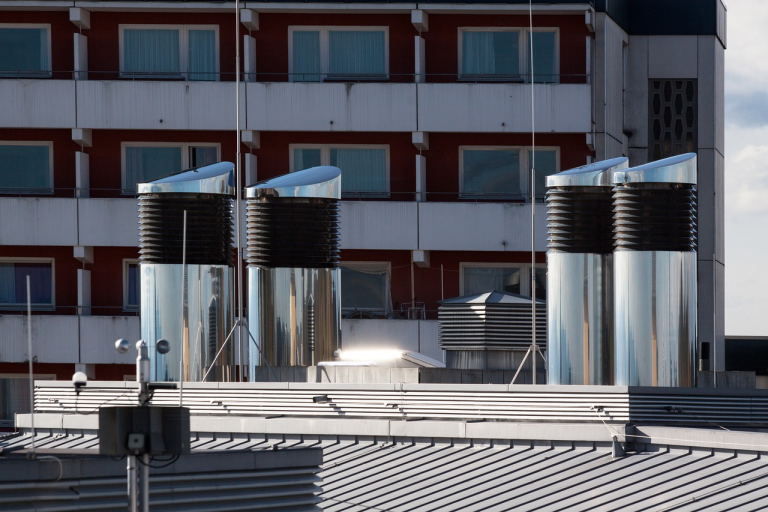Problems with condensing units
Among the many problems that can arise when repairing and servicing air ducts and cooling units are those related to the condensing unit unless you own costco HVAC. The condensing unit houses the fan and is usually located outside the house. A dirty cabinet, clogged filter or failing capacitor may all be the cause of your problem. If you cannot locate the condenser, try checking the circuit breaker.
One of the most common problems with the condenser is debris. If this debris is not removed regularly, it can clog the unit and cause blockages. Depending on the age and maintenance, the condenser can also suffer from debris that prevents airflow. In this case, replacing the entire condenser may prove to be an expensive task. Similarly, the run capacitor, which energizes the fan motors, can also be a problem.
Poor sealing
In the home, poor air duct sealing is a common problem, costing homeowners hundreds of dollars per year. Most air ducts are located in attics, crawl spaces, or garages. Leaky return air plenums draw in dirty air from the outside, including automobile exhaust, combustible gasses, and mold. Other potential problems include excess humidity, radon, and mold.
A leaky duct can result in backdraft, which means the leaking ducts can reintroduce harmful gasses back inside. Besides causing discomfort and increased utility bills, breathing in these gasses can also lead to health problems. DIY-ers can seal the ducts with mastic, posters, or duct tape. However, installing sealants behind walls can be tricky. Fortunately, there is an easier way.
A company specializing in duct sealing can install a special sealant that will completely seal the air duct and cooling unit without replacing it. Poorly sealed ductwork can reduce the efficiency of an HVAC system by as much as 50%. Not only can this make the system work harder than it needs to, but it can also cause the system to run for longer periods of time. It’s not just the air duct that is affected, but the entire system.
Clogged ducts
Air conditioning units and ductwork can become clogged for several reasons. Some are caused by blockages inside the ductwork while others are caused by external obstructions. Furniture, wall hangings, and even holiday decor can prevent air from flowing through a vent. Other sources of clogging include faulty filters and dirty ductwork.
To keep your HVAC units functioning optimally, clean them regularly to prevent clogging. Companies like the ones at jdvigil.com serving Colorado Springs can repair cracked or loose ductwork. They will charge from $100 to $2500. If sections are loose, they can be repaired by applying mastic sealant or aluminum tape, and refastening them. If the ducts are located inside the wall, the repair may require additional work.
Insulation can get damaged and cause leaks in the walls, resulting in higher utility bills. Additionally, a clogged duct will cause the room to feel stuffier than it should. You can sometimes tackle a clog in your ducts by yourself. However, this can be a complicated task, particularly if the clog has become lodged too deep inside the duct.
Cost of repair
While duct repair is often an easy DIY project, major ductwork repairs can cost anywhere from $125 to $350 per linear foot. In some cases, one or more ducts may need to be replaced. For example, replacing one 10 to 15-foot “branch” of flex duct can cost $400-600, while installing several rigid metal ducts can cost up to $2,000, depending on the length and complexity of the installation.
In such cases, it’s better to hire a reputable HVAC professional who can determine where leaks are and repair them correctly. When the air ducts aren’t functioning properly, there may be an issue with the vents. These can cause a room to cool, but in some cases, the air is not able to reach that particular room.
In such cases, the air meant for one room ends up in another, wasting energy. While duct repair is a fairly simple task, replacing it can be a complex project. Whether you choose to repair or replace your ductwork depends on the complexity of the installation and the materials used. You may also want to decide whether you prefer an industrial look to your house.

